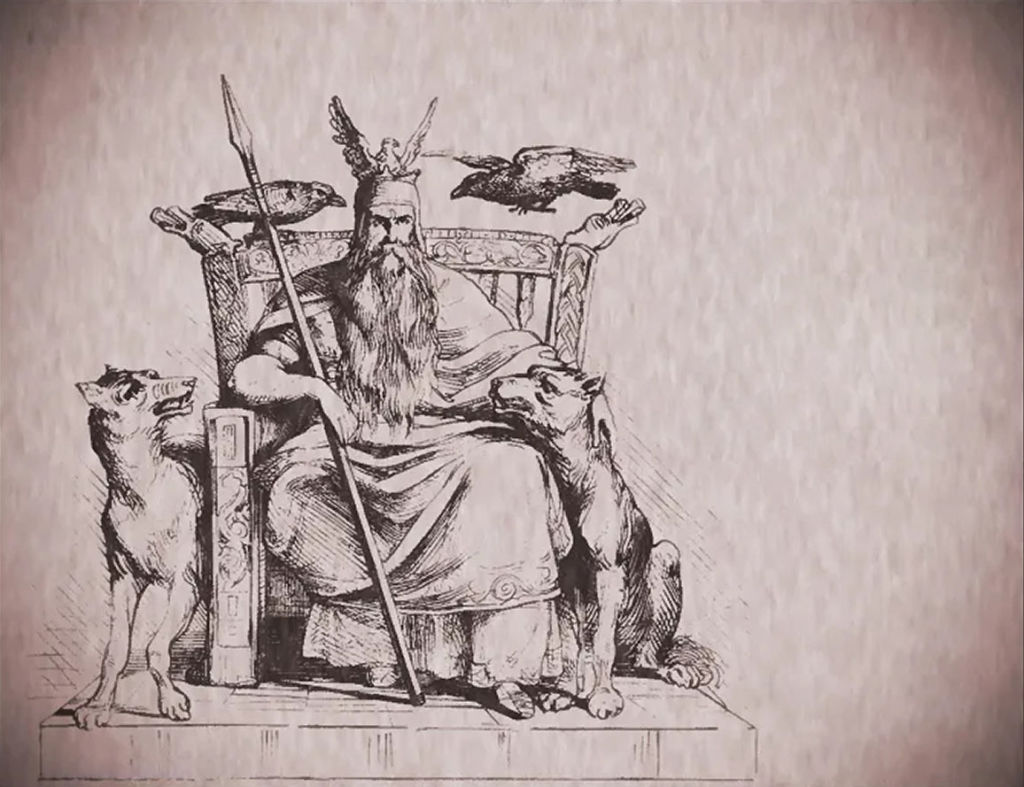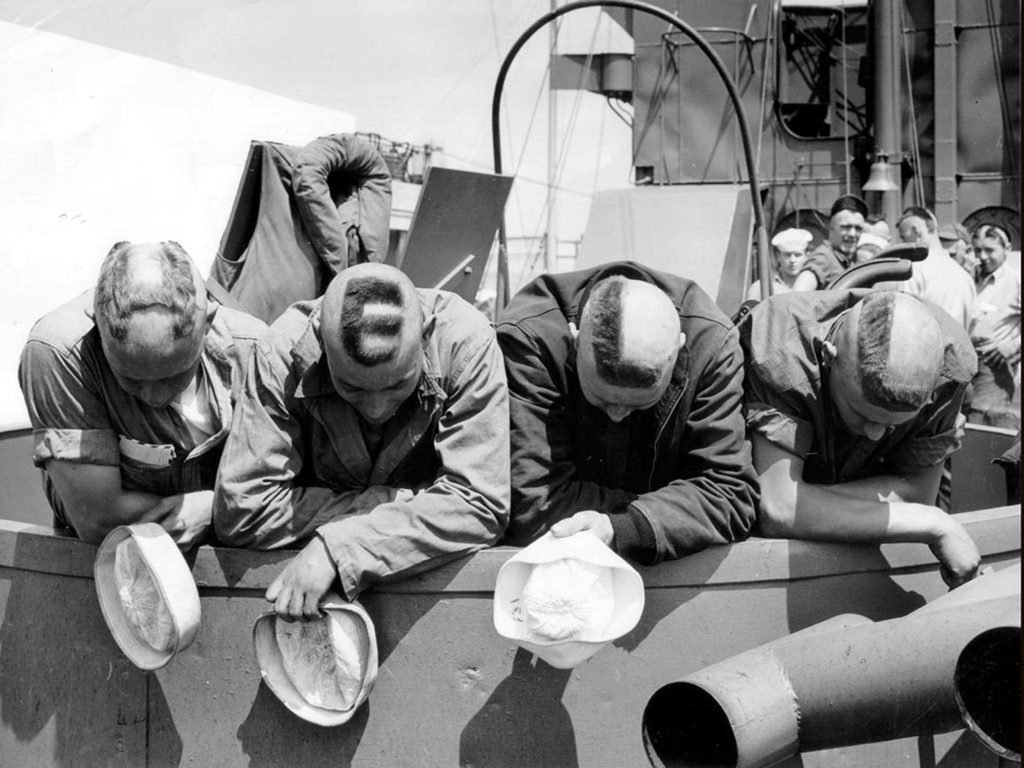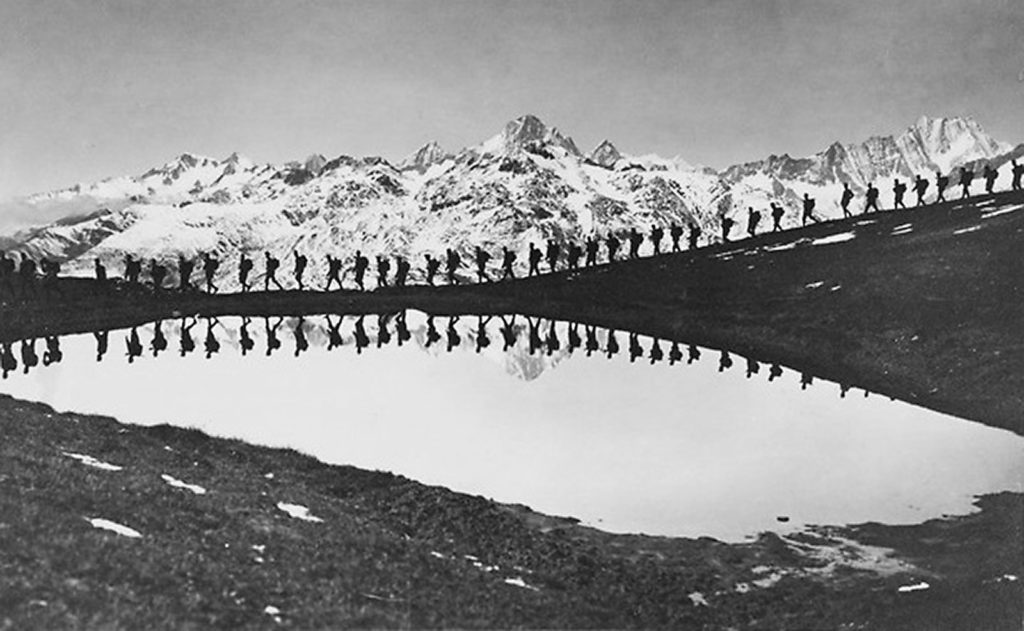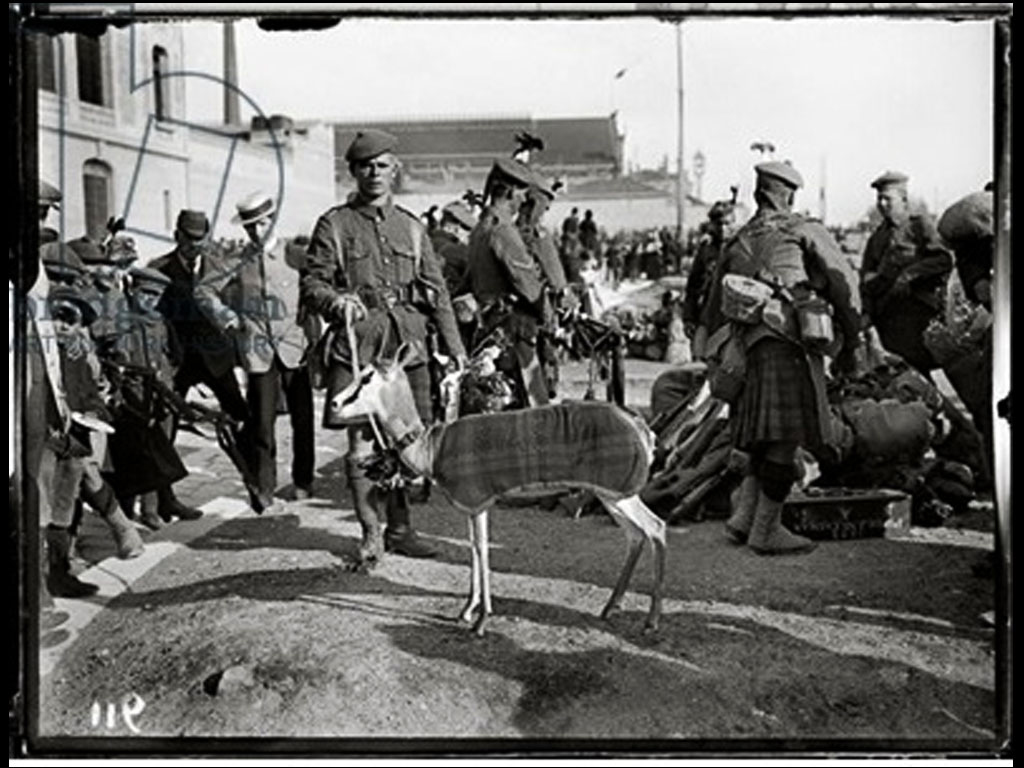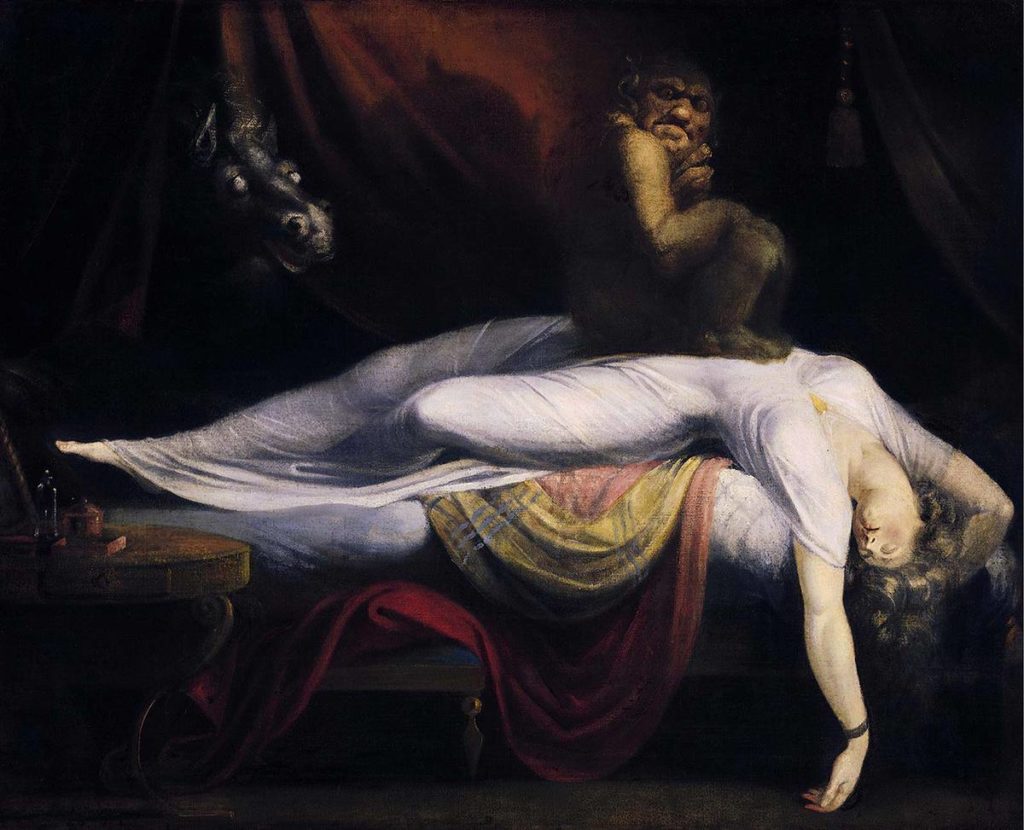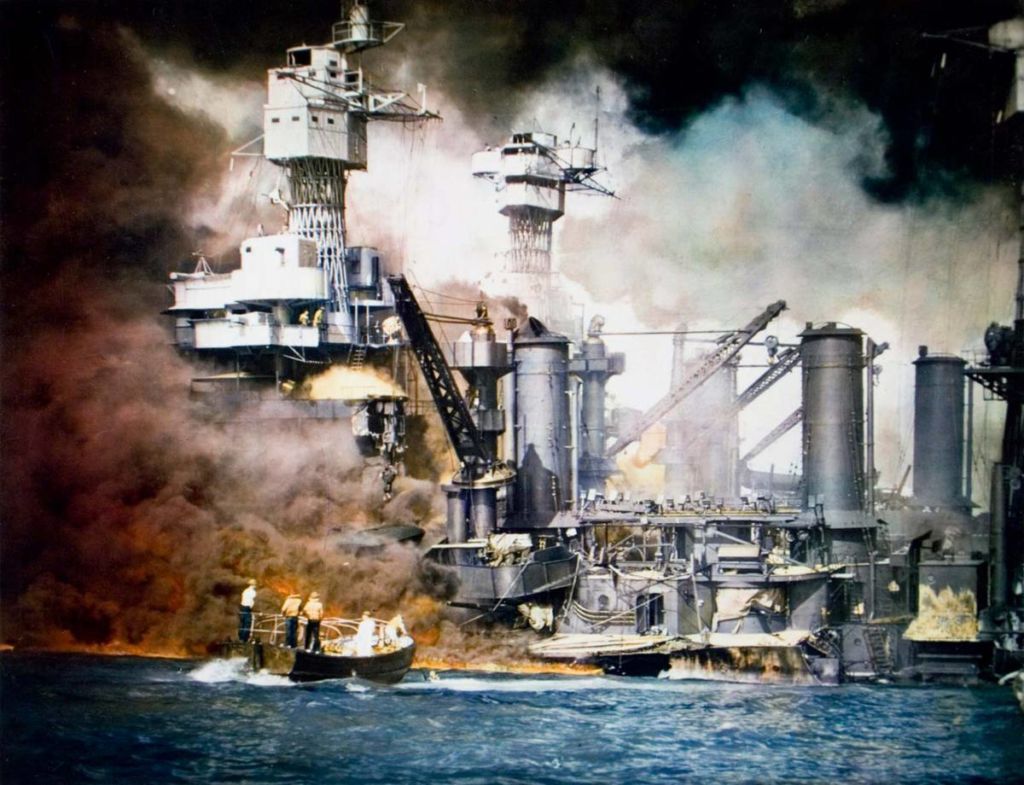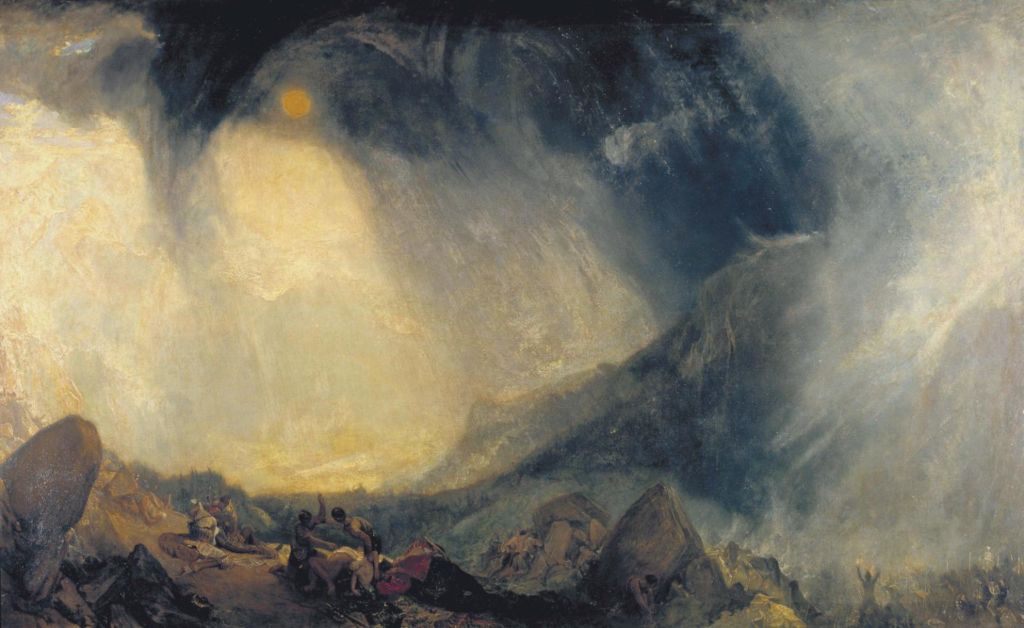The artistic legacy of the Black Panther Party in the San Francisco Bay
From January 20 to April 7, 2019, the San Francisco Art Institute (SFAI) hosted the “Vanguard Revisited: Poetic Politics & Black Futures” exhibition, an initiative by Leila Weefur that invites visitors to rediscover the work of Ruth-Marion Baruch and Pirkle Jones on the Black Panther movement, alongside works by contemporary artists from the Bay area.
The Black Panther Party (BPP), also known as Black Panthers, is a revolutionary movement for Afro-American liberation that started in the mid 1960s in California to fight racial segregation in the United States. It was documented from inside by American photographers Ruth-Marion Baruch and Pirkle Jones, who in 1968 spent several months following their fellow members around in public as well as during their intimate moments around the table for The Vanguard: A Photographic Essay on the Black Panthers. Their black and white portraits give a face to the movement, breaking down barriers and revealing nuance while providing a more realist and human vision of the party as opposed to the caricatures circulating in the media at the time.
Fifty years later, Kija Lucas, Tosha Stimage, Christopher Martin and Collectif 5/5 illustrate this BPP heritage in their respective works. Kija Lucas explores notions of home and heritage through photography. For her project “In Search of Home”, she uses plants and other artefacts—pieces of rock, metal or wood—to construct a parallel between her family’s migratory patterns and the species classification system established by Swedish naturalist Carl Von Linné. Although she gathers her materials from different regions, she uses the same process for every kind of plant without differentiating their origins—calling them “native” or “non-native”, much like how Americans coming from foreign backgrounds are called.
Tosha Stimage breaks down language to deconstruct racial ideologies, using coded messages, shifts between signified and signifier, and re-contextualization. Her project “50 WAYS TO MAKE ORANGE”, for example, weaves together photos of O.J Simpson and oranges to explore the possibilities and the limitations of visual language, where significations are cut and recut depending on how one bit of image disappears under another. In this way, she shows how an identity is never uniform, but varies from one interaction to the next and depending on the context.
Collectif 5/5, on the other hand, is interested appropriating spaces, language and visual culture to define blackness and the identity of blackness as an idea, a conscience, or a group of references and experiences. The exhibition includes Tania Laure Balan Gaubert’s installation Somewhere in the unfinished, the artist’s homage to left-over chairs, abandoned under the front porch, whose neglect or disappearance reveals how families have been displaced by the massive gentrification underway in the San Francisco Bay area: “Each seat is a reminder — its presence tied to the absence of a body — that some Black lives don’t live here anymore.” Finally, Christopher Martin works on political symbols in contemporary space. His “Black Power” cotton tapestries, on which the word “POWER” is printed in gray capital letters on a black background, manage to avoid censorship on Instagram whereas the Black Panther’s symbol, a fist in the air, is systematically erased from the platform, even though both images have the same signification.
By underlining today’s forms of segregation, these artists refresh the social and political issues that were brandished by a movement in the late 1960s. There is, however, a regrettable absence of direct connection between the exhibited contemporary works and the photos by Ruth-Marion Baruch and Pirkle Jones, which seem in this case to be an excuse for an exhibition on the Black Panthers rather than the starting point for real dialogue. There are indeed many similarities in approach: much like the photo-essay by the two photographers, the works by Kija Lucas, Tosha Stimage, Christopher Martin and Collectif 5/5 make efforts to imagine the possibility of non-violent activism and to seize the black political imagination in all its complexity. But the photos by Ruth-Marion Baruch and Pirkle Jones are part of a much larger debate on how documentary photography can be used as a witness or activist tool, which is completely ignored here. “Vanguard Revisited” takes up the subject of The Vanguard: A Photographic Essay on the Black Panthers, which is the Black Panther Party, but neglects the essay part, as well as its artistic critique and questioning.
Translation by Maya Dalinsky
Cover: Pirkle Jones, 1968, Couple at Free Huey Rally, DeFremery Park, Oakland, CA, #19 from A Photographic Essay on The Black Panthers. ©RR


